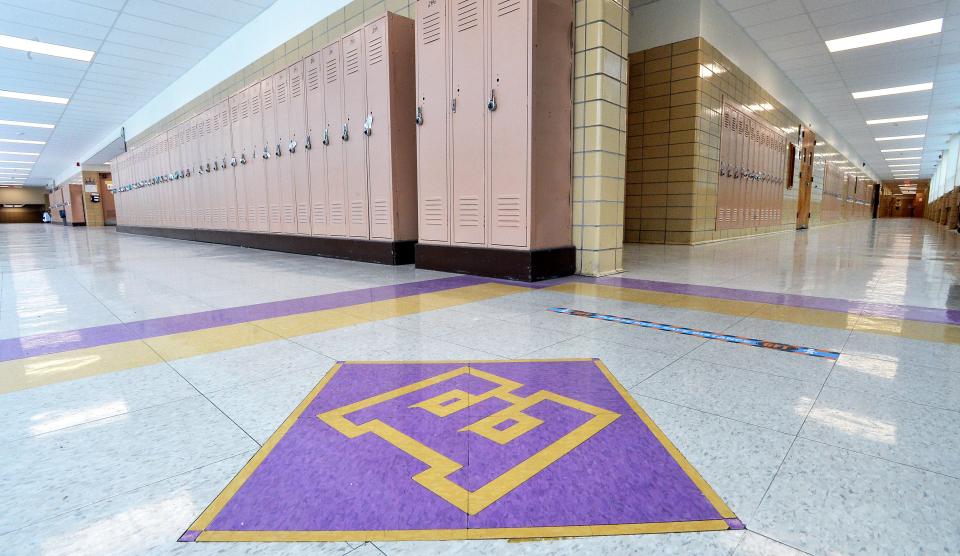Harkins, Merski: Time to take the reins: The Erie School District is ready for autonomy
Five years after facing a financial crisis so severe it was considering shuttering the city’s four high schools, the Erie School District has reason to feel more secure about its future. With newfound financial stability and support from level-up funding, the district is ready for autonomy.
Earlier this month, school officials delivered a letter to Secretary of Education Noe Ortega petitioning the state Department of Education to remove the district from financial watch status based on its compliance with a state-approved financial improvement plan.
The plan outlined 20 requirements designed to lead the district back on the path to financial solvency and, ultimately, the ability to maintain a structurally balanced budget — a condition for being removed from state oversight. In exchange for compliance with the plan, the state approved an additional $14 million in recurring aid to help the district remain solvent.
The district has now substantially satisfied the plan requirements and has documented in detail how it will manage projected revenue and operating expenses to maintain a structurally balanced budget into the next five years.
More: Erie School District aims for new era, asks state to end financial oversight, citing stability
In addition to greater stability, the district’s position is stronger this year because of the addition of level-up funding, which will bring nearly $3 million in additional basic education funding. According to Erie School District Superintendent Brian Polito, level-up funding will be built into the district’s budget to recur annually.
We fought hard for passage of level-up funding — which appropriates $100 million to the state’s poorest school districts — to try to address the damaging effects of decades of underfunding that left Erie, a high-poverty district, struggling to operate with at least $3,000 less in revenue per student than other districts around the state.

More: Why Pennsylvania’s school funding system is on trial
Although far from the full, fair allotment needed to level the playing field for students of financially challenged school districts, the funding will allow Erie educators to add critical resources where they are needed most, as decision-making returns to the local level and those best equipped to make those determinations.
Erie is grateful for the five-year partnership with the state, which has made the district stronger and more financially independent, but a sea change — and a shift in state priorities — is still needed.
Studies show that Pennsylvania ranks 45th in the nation in the percentage of state funding it provides for public education. Instead of allocating the full, fair funding needed, the commonwealth for decades has been looking to local taxpayers. In a state where there are huge differences in local, taxable wealth, the result has been predictable: huge disparities in per-student spending between more and less affluent districts. Our own Department of Education has acknowledged that the gaps are some of the largest in the nation.
More: Op-Ed: Reform in Harrisburg could have averted teachers strike in Scranton
Those funding disparities are at the heart of a landmark lawsuit against the governor, the state and legislative leaders seeking a court order to implement a system of fair funding. An expert in the case recently testified that even though poorer districts on average are taxing themselves at a higher rate than wealthier districts, they are still not able to raise sufficient funding.
It shows what many of us who have been fighting for fair funding already know — that a system that looks to local taxpayers to foot the bill is not only unfair, but unfeasible. For high-poverty school districts like Erie — the region’s largest — and the 10,000 students it serves, change is needed now.
But today, let’s focus on the positive: on how far the district has come over the past five years and on how it is ready to take the reins. Let’s move forward and place a stronger Erie school system back in the hands of local officials, where it belongs.
Pennsylvania Reps. Pat Harkins, D-1st Dist., and Bob Merski, D-2nd Dist., represent portions of the city of Erie.

This article originally appeared on Erie Times-News: State Reps. Harkins/Merski on Erie School District autonomy: They're ready

